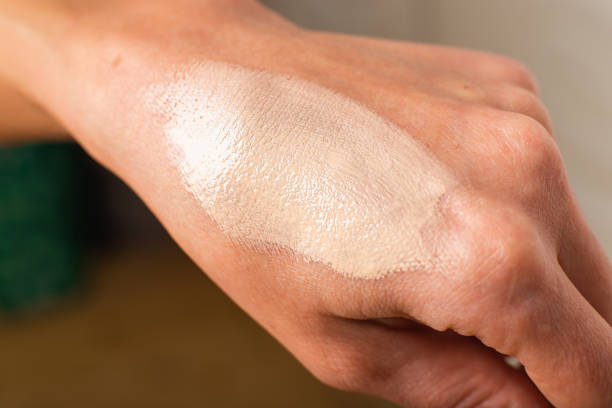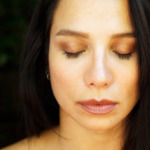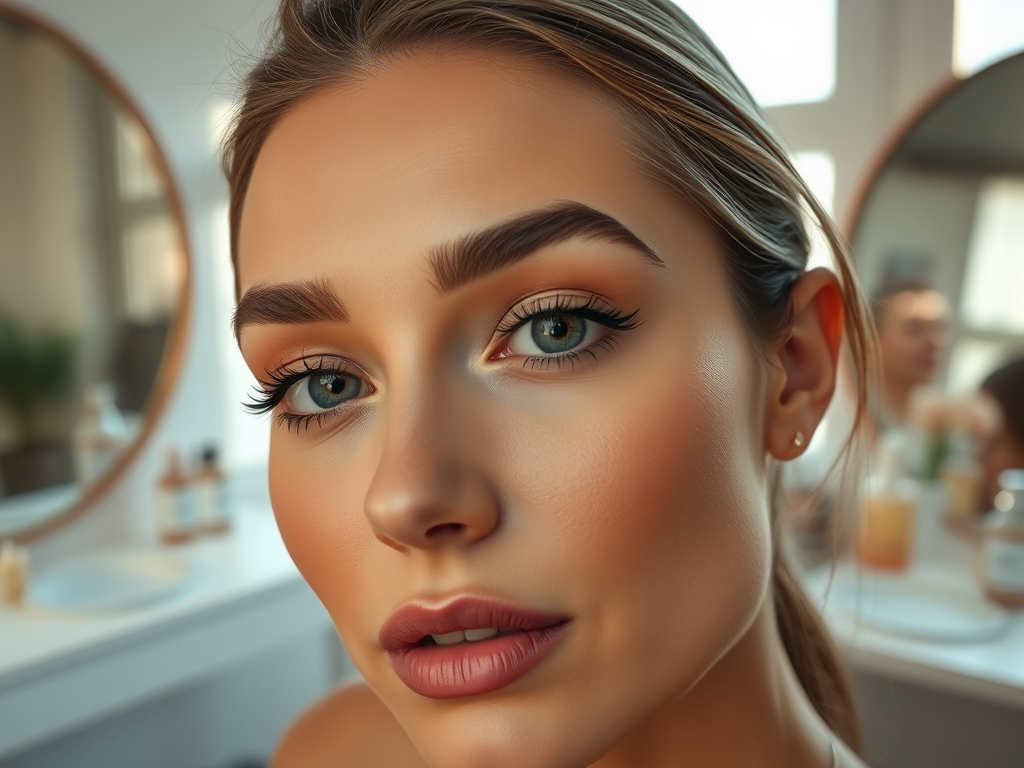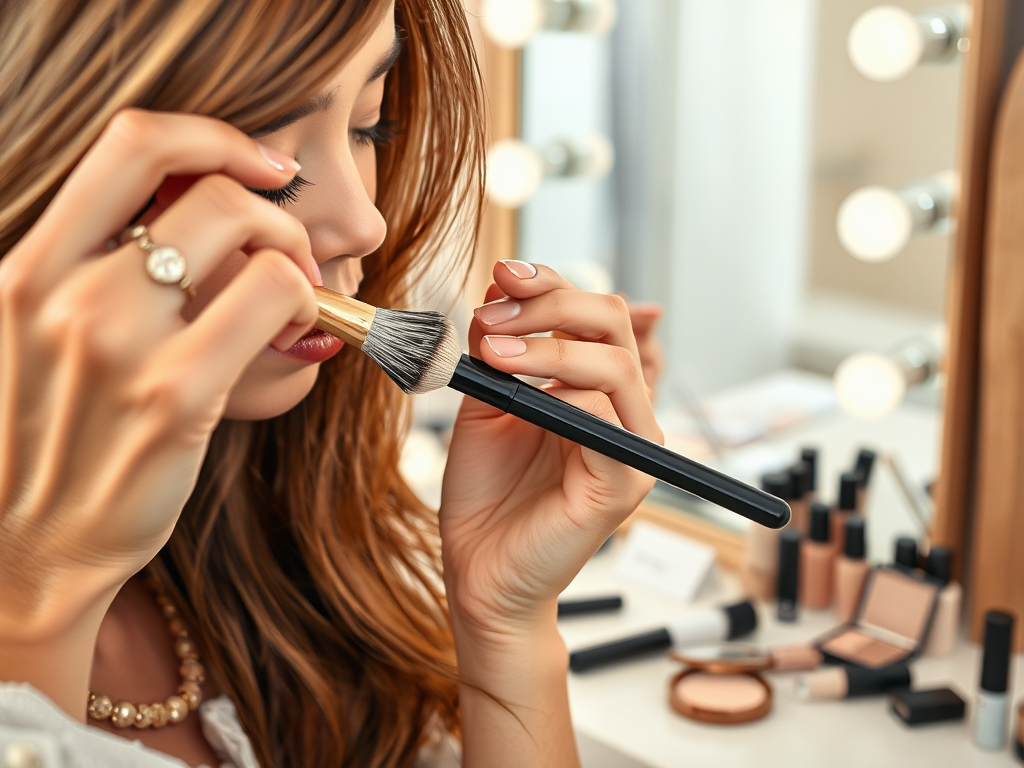Applying foundation smoothly and seamlessly can be a challenge, often resulting in a cakey or patchy appearance. In this article, we will explore effective tips to help you apply foundation flawlessly, ensuring it looks natural and elegant on your skin.
1. Prepare Your Skin

The foundation of a great makeup look is well-prepared skin. Start by thoroughly cleansing your face to remove any dirt and oils. Follow this with a hydrating moisturizer suited to your skin type. Moisturized skin helps in smooth application and prevents the foundation from clinging to dry patches. Before applying foundation, also consider using a primer to create an even base. Primers not only extend the wear of your foundation but also blur imperfections and smoothen the skin texture for a flawless finish.
2. Choose The Right Foundation
Selecting the right foundation is crucial to avoid a cakey or patchy look. Consider your skin type—whether it is oily, dry, combination, or sensitive. Opt for a foundation designed for your specific needs. Additionally, the shade of the foundation should match your skin tone perfectly. Many beauty stores offer matching services, or you can test the foundation on your jawline in natural light to ensure a good match. Long-wearing and buildable foundations tend to provide better results by allowing you to customize your coverage.
3. Use The Right Tools
Applying foundation with the right tools makes a significant difference. Choose from brushes, sponges, or even your fingers. For a seamless blend, many people prefer beauty sponges which help to dab and blend the foundation into the skin without streaks. Brushes can be excellent for a more controlled application, especially around the nose and eyes. Make sure to use clean tools to avoid breakouts and ensure flawless application. Remember, less is more; start with a small amount and gradually build up to your desired coverage.
4. Proper Application Technique
How you apply foundation can impact its final appearance. Begin from the center of your face and blend outwards, as areas like your nose and cheeks often need more coverage. Use a dabbing or stippling motion rather than sweeping to ensure the foundation is well-pressed into the skin. This technique minimizes the risk of a cakey effect. Avoid layering too many products on top of each other too quickly, as this can create a heavy, uneven finish. Give each layer a moment to set before applying the next.
5. Setting and Touch-Ups
Once your foundation is applied, set it with a light dusting of setting powder to lock it in place and reduce shininess. Choose a translucent powder to avoid adding extra color or texture to your skin. Throughout the day, use blotting papers to absorb excess oils without disturbing your makeup. For touch-ups, a light mist of setting spray can refresh your look without layering on more products. Avoid over-powdering, as it can contribute to a cakey look.
Conclusion
Achieving a flawless foundation application that avoids a cakey or patchy appearance is all about preparation, the right products, and precise techniques. By following these steps—preparing your skin, choosing suitable foundation, using the appropriate tools, applying correctly, and setting your makeup—you can ensure a smooth and natural finish. Remember, practice makes perfect, so take the time to find what works best for your skin type and preferences.
FAQs
1. How can I prevent my foundation from looking cakey?
To prevent foundation from looking cakey, ensure your skin is well-moisturized, choose a foundation that suits your skin type, apply in thin layers, and use a dabbing technique. Setting your makeup with a translucent powder can also help maintain a natural look.
2. What type of primer should I use under foundation?
Select a primer based on your skin’s needs. For oily skin, a mattifying primer works best, while hydrating primers are ideal for dry skin. Primers with blurring properties can also help minimize the appearance of pores and fine lines.
3. How do I choose the right foundation shade?
To choose the right foundation shade, test the product on your jawline in natural light, ensuring it blends seamlessly with your neck and face. Many beauty stores offer shade matching services for accurate results.
4. Can I use a brush and sponge together when applying foundation?
Yes, you can use both tools together. A brush can be used for precise application, and a sponge can help blend and even out the foundation for a flawless finish. Clean tools are essential for the best outcome.
5. How often should I clean my makeup tools?
Clean your makeup brushes and sponges at least once a week to avoid product buildup and bacteria, which can affect the application and cause breakouts. Regular cleaning ensures a smoother and more hygienic application process.






